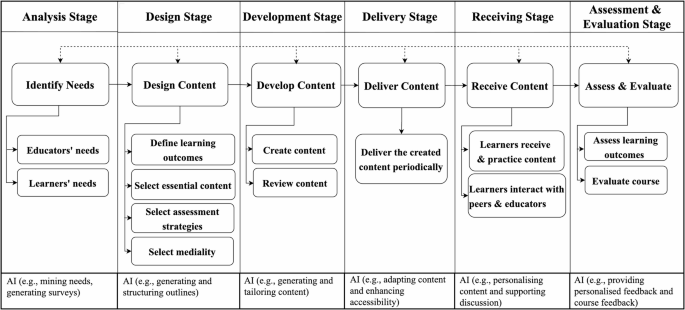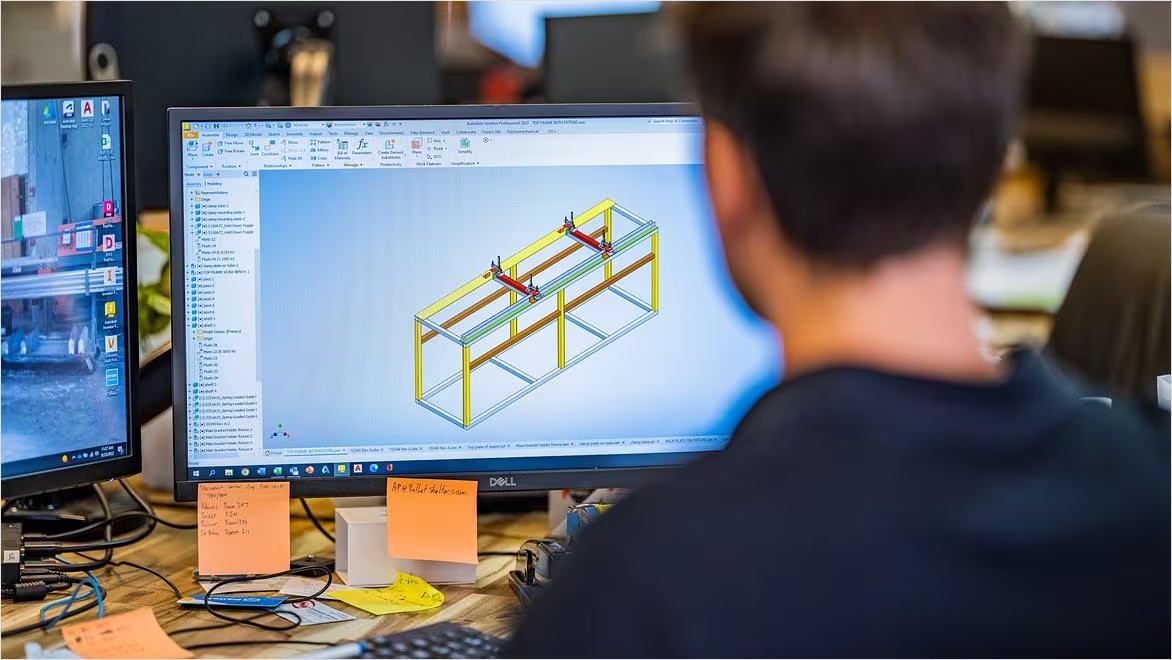designing learning for every mind –

Learner outcomes are dropping, and AI is being hailed as the fix, but technology alone won’t solve a broken approach to learning design. TJ Conference speaker Sascha Evans argues that L&D must flip the script on inclusion and adopt a proactive mindset to support diverse learners from the very beginning.
This week, Google published a white paper laying out their vision for the Future of Learning. Their research shows that learner outcomes have dropped sharply worldwide, and UNESCO projects a shortage of 44 million teachers by 2030. AI is positioned as the tool to save us from an impending education crisis.
We can unlock innovation with inclusive, neurodiverse learning design
One of the biggest opportunities they identify is universal access: breaking down language, literacy, and disability barriers through AI-powered translation and transformation. We can unlock innovation with inclusive, neurodiverse learning design that can drive transformation.
Start at the end
While Google’s focus here is on education, the principles are directly relevant to workplace learning. In L&D, we treat adjustments and accommodations as add-ons, a retrofit we apply after we’ve already designed the training. But that’s backwards. Inclusive design should be where we start, not where we end up as a result of someone requesting a reasonable adjustment. The opportunity here isn’t just the technology. It’s how we design learning in the first place.
Between 15-20% of us are neurodivergent (that’s people who identify as autistic, ADHD, dyslexic, dyspraxic and so on). Recent research from YouGov suggests up to 30% of Gen Z identify as neurodivergent. With NHS ADHD waiting lists hitting 10-15 years in some areas, many neurodivergent people remain undiagnosed. And with stigma still a factor, they’re not always going to ask for help. So if your strategy is to wait for individual adjustment requests, you’re missing a significant number of people who need it.
More than the sum of the whole
This means lost talent who can’t fully benefit from your development programmes and ineffective budget allocation on retrofits. And, most importantly, you’re losing the innovation and diverse thinking that comes from cognitively diverse teams.
The solution starts with a mindset shift: inclusive design as the foundation. And the good news is, you don’t need to redesign everything overnight. You can start small. You can make practical changes that have a big impact.
In my workshop at the TJ 60th Anniversary Conference, I’m taking participants through a framework I use with L&D teams, four principles that make training work for different minds from the start:
- Structure – giving people the signposting and wayfinding they need. Tell them what’s coming, where they are, what’s next. Reduce uncertainty before it becomes a barrier
- Simplicity – design to remove unnecessary cognitive load for your learners, not making them do it
- Story – connecting to the bigger picture. Why does this matter? Where does it fit? Make purpose explicit and use narrative to create meaning
- Support – building in help mechanisms proactively, not just hoping people will ask. Make it structurally easy to access support, not an act of self-advocacy every time
We’ll be working through practical tools you can apply immediately to make your existing training more inclusive, and more effective for everyone, not just those of us who are neurodivergent.
Google’s right that we’re facing a learning crisis. But if we rely solely on AI to solve it, without thinking about how people actually process and learn, we’ll only exacerbate the problems we already face. When we design learning that works for how different minds actually process information, we unlock the innovation and diverse thinking our organisations desperately need.
Sascha Evans is Founder of We the Creators
link







